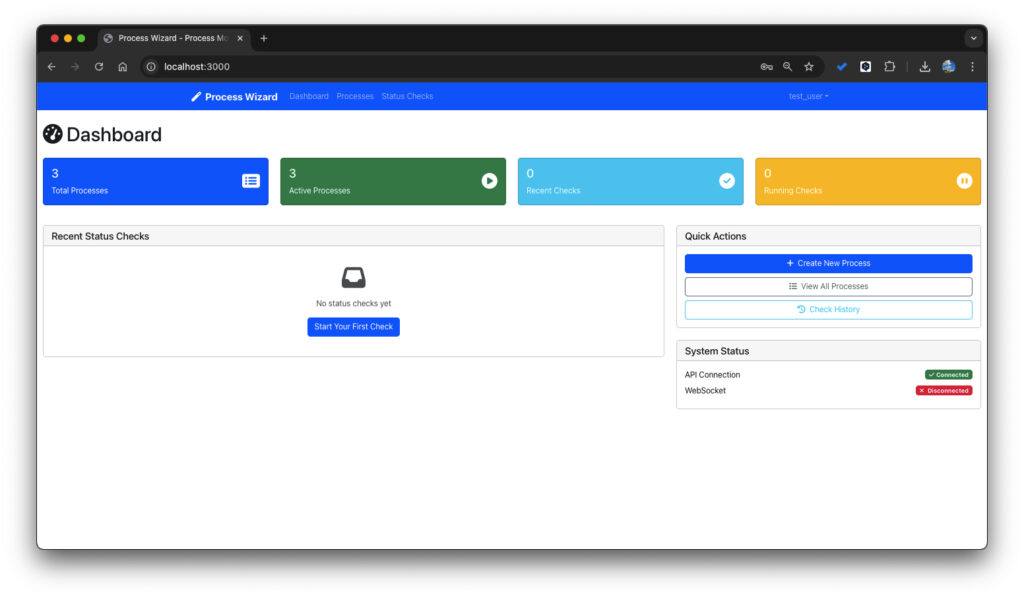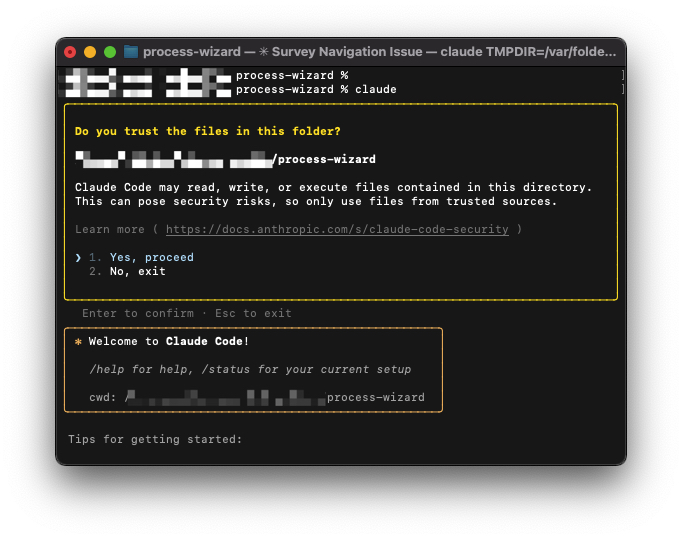Table of Contents
What is Vibe Coding?
Vibe Coding refers to an interactive development method where, without professional coding knowledge, you can simply convey your development intent to an AI in natural language, and the AI generates executable code on the spot. The term was first introduced in February 2025 by Andrej Karpathy, co-founder of OpenAI and former Tesla AI leader. He described it as:
“Don’t look at the code, just say what you see, run it, copy and paste — and it almost works.”
At that time, I secretly thought, “Does that really make sense? I know LLMs are succeeding, but can this actually happen? Maybe it’s still a bit too early… perhaps in a few years.”
Looking back now, it really does seem possible. And maybe that’s why I’m not considered a “brilliant talent,” right?
Core Elements
- Natural language → code conversion: A user inputs conversational prompts like “Reduce the sidebar padding by half”, and the AI instantly generates the corresponding code.
- Context-aware generation: The AI reflects existing file structure, previous code, and descriptions to maintain consistency.
- Acceptance without full review: Users often adopt the generated code without fully understanding it, which is one of the hallmarks of Vibe Coding.
How Vibe Coding Works
(1) Prompt Input
Users describe the desired functionality in natural language. For example:
“Create a REST API in Python and implement customer CRUD functions.”
The AI takes this and prepares to generate code.
(2) LLM Pattern Matching
Based on massive datasets of code it has learned from, the AI generates the most probable next token. In other words, it predicts the code flow by referencing previously learned examples.
(3) Context-Based Generation
Beyond the prompt itself, the AI takes into account the file structure, existing code, and any additional context to produce more consistent results.
(4) Iterative Feedback Loop
You run the code, identify errors or modifications, and feed them back into the prompt. Through this repetitive interaction, the code becomes gradually refined.
(5) Prompt Optimization (Prompt Engineering)
Using structured patterns in prompts (e.g., Context + Instruction, or Recipe patterns) allows you to reach satisfactory results with fewer iterations.
Advantages vs. Disadvantages of Vibe Coding
Advantages
- Accessible for non-experts: Even those without deep coding knowledge can quickly create apps or features.
- Rapid Prototyping: Ideas can be tested and results validated immediately, boosting productivity and creativity.
- Innovation in development workflow: By shifting to natural-language interfaces, the barrier to entry for coding has been dramatically lowered.
Disadvantages & Risks
- Security vulnerabilities: The AI focuses on producing “working code,” but without explicit security considerations, results may be simplistic and unsafe.
- Quality and architecture issues: Generated code may be inefficient or non-standard, leading to maintenance challenges.
- Illusion of correctness: The “entropy of trust effect” can make flawed code appear perfect, creating false confidence.
- Lack of understanding: If developers don’t actually understand the generated code, software quality and future maintainability face significant risks.
- Gap between expectations and reality: Some experienced developers found that using AI made them 19% slower, contradicting the expectation of increased productivity.
Related Technological Trends and Research
- Prompt Pattern Research: Analyses of the DevGPT dataset revealed that patterns like “Context + Instruction” and “Recipe” are especially effective, producing results with fewer iterations.
- Karpathy’s “Karpathy Canon”: Positions Vibe Coding as part of the evolution from Software 1.0 → 2.0 → 3.0, where the third stage emphasizes natural-language-centered coding.
- Model Context Protocol (MCP): Tools such as Replit, OpenAI, and Sourcegraph deliver real-time project context to AI, enabling more precise and responsive Vibe Coding environments.
Summary: The Flow of Vibe Coding
Prompt Input → AI Pattern-Based Code Generation → Context-Aware Consistency → User Feedback Loop → Optimized Code OutputKeywords to remember:
- Natural Language Programming
- Context-Aware Code Generation
- Prompt Engineering
- Iterative Interaction
- Human Oversight
- Security & Quality Risks
Would you like me to adapt this into a polished blog-ready article in English (with SEO-friendly headers and flow), similar to how I structured your Korean version earlier? That way it can stand as a full-length post.
Create a basic repo on Github
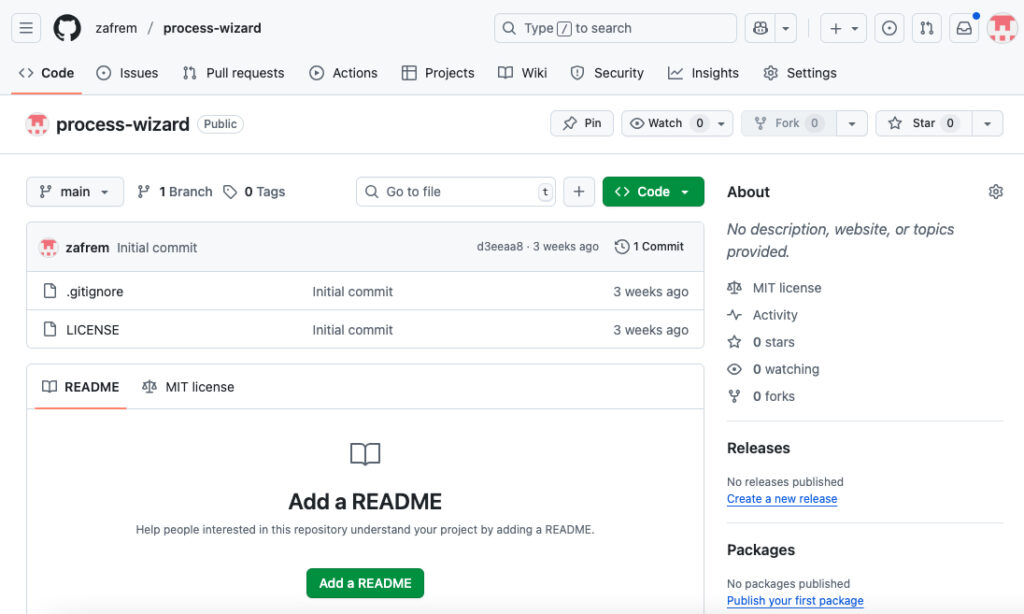
Download Github locally
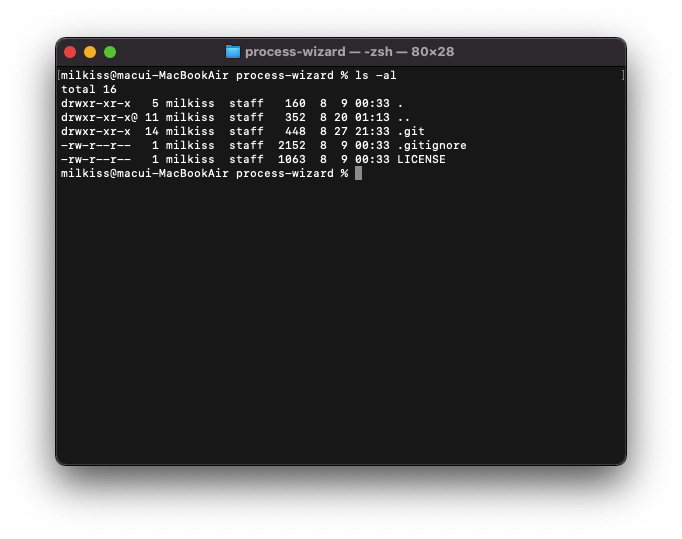
Claude Code Install & Start
npm i -g @anthropic-ai/claude-code
claude
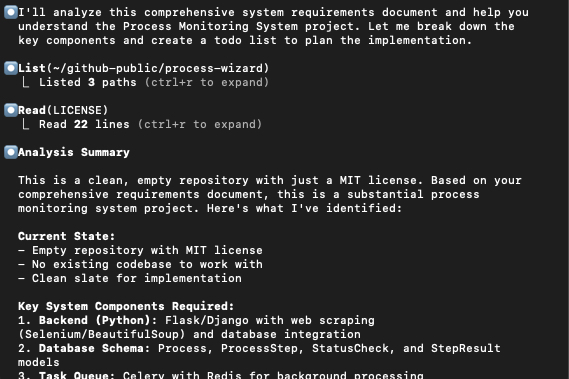
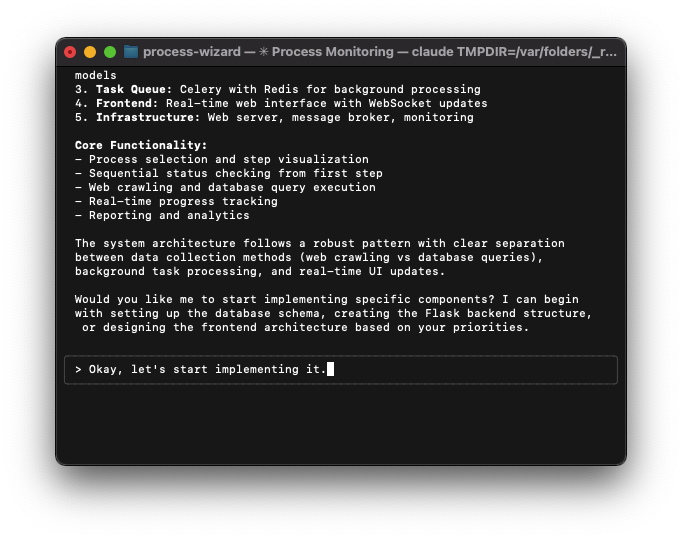
Conclusion and Suggestions
Vibe Coding is a highly useful approach for prototyping, creative experimentation by non-experts, and the development of simple tools. However, in production environments, critical architectures, or cases where security is essential, it must always be paired with clear human understanding and thorough code review.
In the long term, sustainable development requires a strong focus on readable structures, sufficient test coverage, adherence to coding standards, and the maintenance of security practices. These are what ensure reliability beyond quick experimentation.
That said, when I actually try it out, there are certainly a number of issues that come up. Still, with a proper testing environment, I can’t help but wonder: could this one day be the way we build real products?
